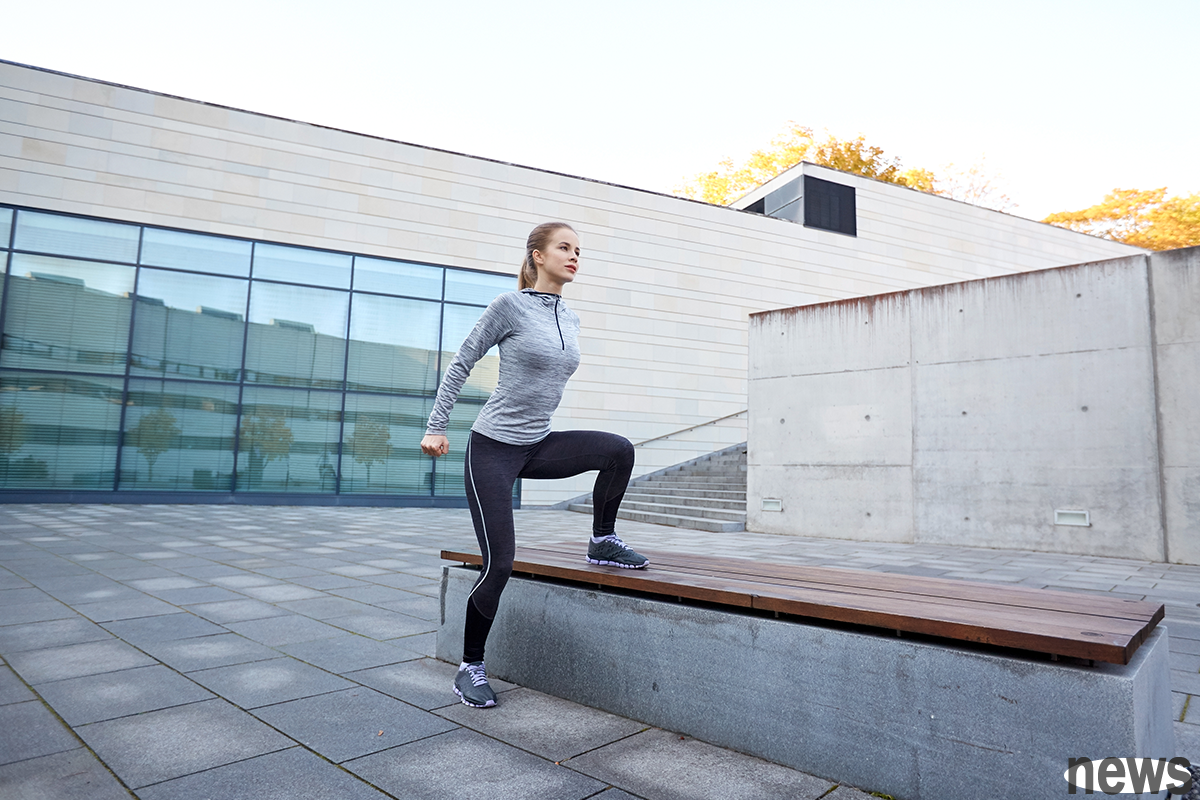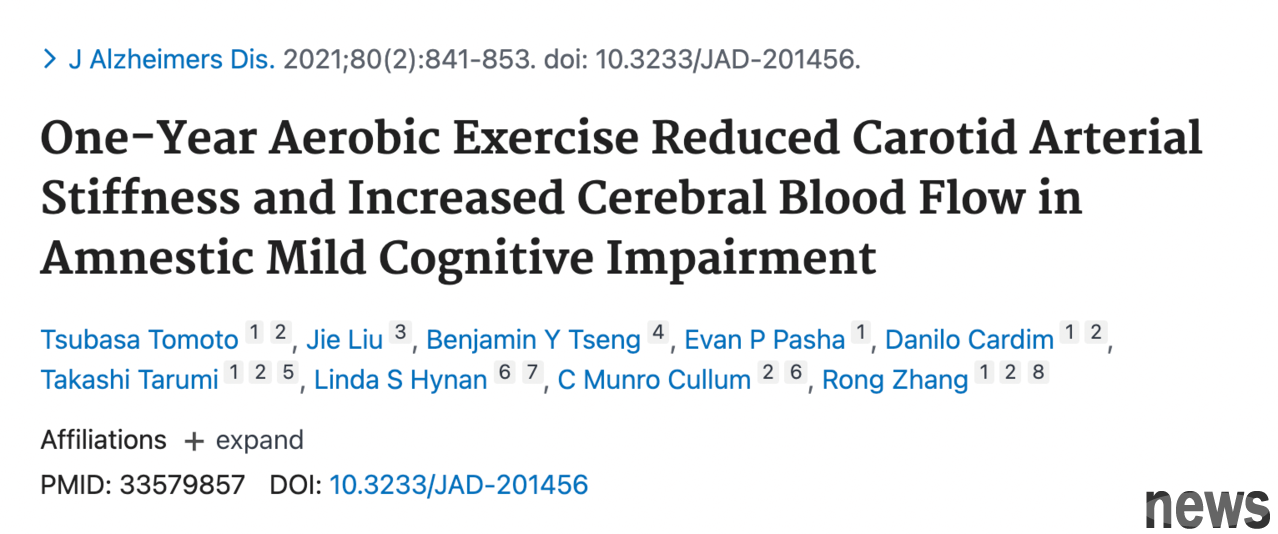
According to the Ministry of Fuli, the top ten causes of death in 106 years have been announced, heart disease and brain vascular disease rank second and fourth among the top ten causes of death in the country. Among them, dysfunctional sclerosis is a key factor in the cause of heart disease. In fact, the sclerosis is mainly caused by too much low-density pyrosterol. As long as it is matched with appropriate diet and exercise, sclerosis problems can be improved.
The cause of cardiovascular and brain vascular disease is often caused by the high concentration of low-density cervical sterol in the blood, which attaches to the wall of the active blood vessels, causing blood vessel blockage, sclerosis, and thus causing myocardial infarction, coronary heart disease, thrombosis and other diseases.
{9 Hong Huisheng, attending physician of the Department of Cardiology, Xinguang Hospital, pointed out that research has found that the more low-density calculator, the faster the calculator will be hardened. When the low-density calculator is controlled at the standard value of 70-80 mg/dl, the calculator will stop scaling, and when it drops to 65 mg/dl, the calculator can even reverse.If you want to reduce cervical sterol, you can use steaming, boiling, grilling, stir-frying to eat, instead of frying and frying, and choose olive oil, bitter tea oil, canola oil, and sesame oil rich in single-cell non-fried fatty acids; use less coconut oil, palm oil, pig oil, and cream that is high in fatty acids.
In addition, "sugar" is also one of the keys to the rise of blood lipids. The saccharification reaction caused by too many carbohydrates will make sugar stick to the proteins of blood vessels or organs, and will also enhance the enzyme activity of synthetic fats, increase the content of impurities in the body, thereby increasing the total sterol, which may accelerate the sclerosis. Therefore, refined sweets must also be avoided.
Do exercise to improve the problem of dynamic hardening! Research: "Aerobic exercise" is most effective every dayThe Southwest Medical Center of Texas University in the United States conducted a one-year experiment on 70 elderly patients. It was found that compared with those who were engaged in stretching and stretching exercises every day, elderly people with mild understanding of impairment not only increased blood flow in the brain, but also improved their degree of stiffening of the dysfunction after one year of moderate or high-strength aerobic exercise. Related research results have been published in the Journal of Alzheimer's Disease in March 2021.

Past experiments have proven that if the amount of blood flowing into the brain is lower than normal, it can easily lead to sclerosis, mild cognitive impairment and dementia leading to the brain. The study also pointed out that regular aerobic exercise can improve the awareness and memory of healthy elderly people.
The research team further convened 70 elderly men and women aged 55 to 80. All participants are divided into 2 groups, one performs moderate or high intensity aerobic exercise and the other performs stretching exercise. The movement frequency is 3 to 5 times a week, 30 to 40 minutes each time.
The results found that, compared with the stretching group, after one year of training, the degree of sclerosis of the aerobic movement group decreased, the amount of blood flow to the brain increased, and the dementia decreased; and with the increase in maximum oxygen capacity, the improvement of sclerosis and brain blood flow became more obvious.
More and more research has proved that exercise helps reduce the occurrence of memory decline and dementia in elderly people; this study not only proves that aerobic exercise can improve brain problems, but also bring benefits to cardiovascular.
Aerobic exercise will speed up the heartbeat and promote blood circulation. It is recommended that you can start practicing from a calm and shorter time exercise at the beginning, and then gradually increase the strength and stretching time of movement to give the body a staged fit.
